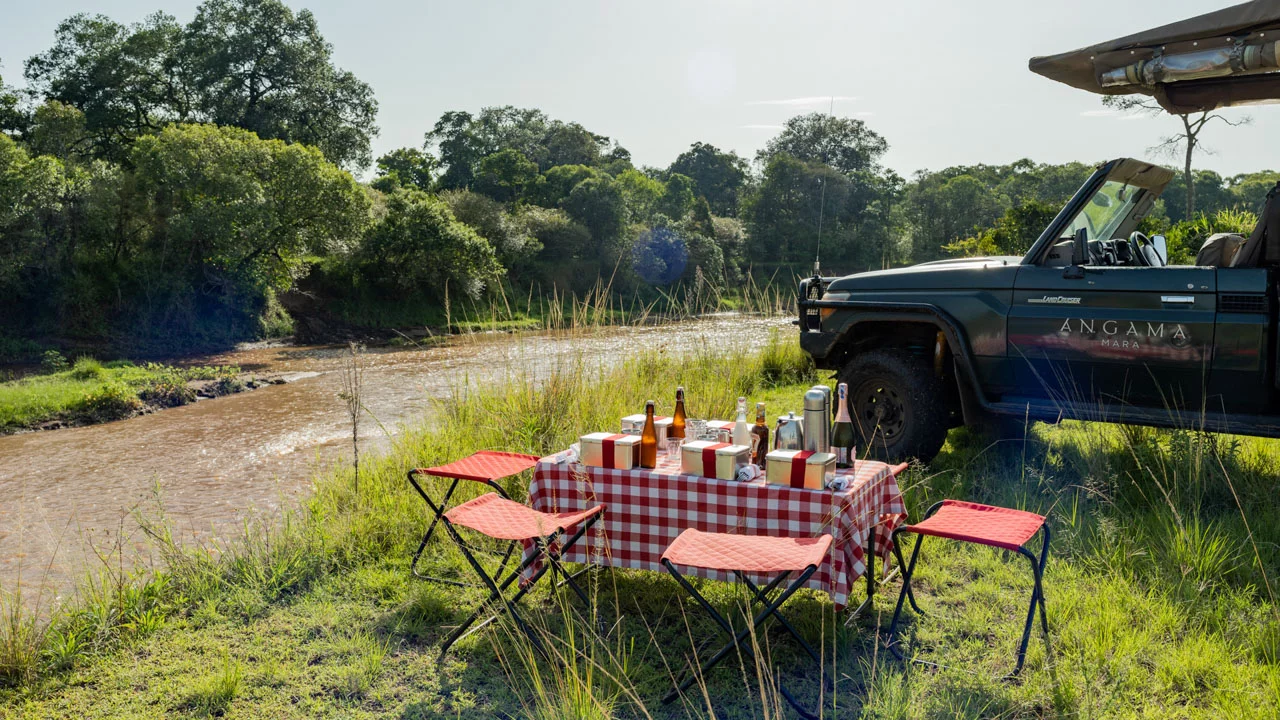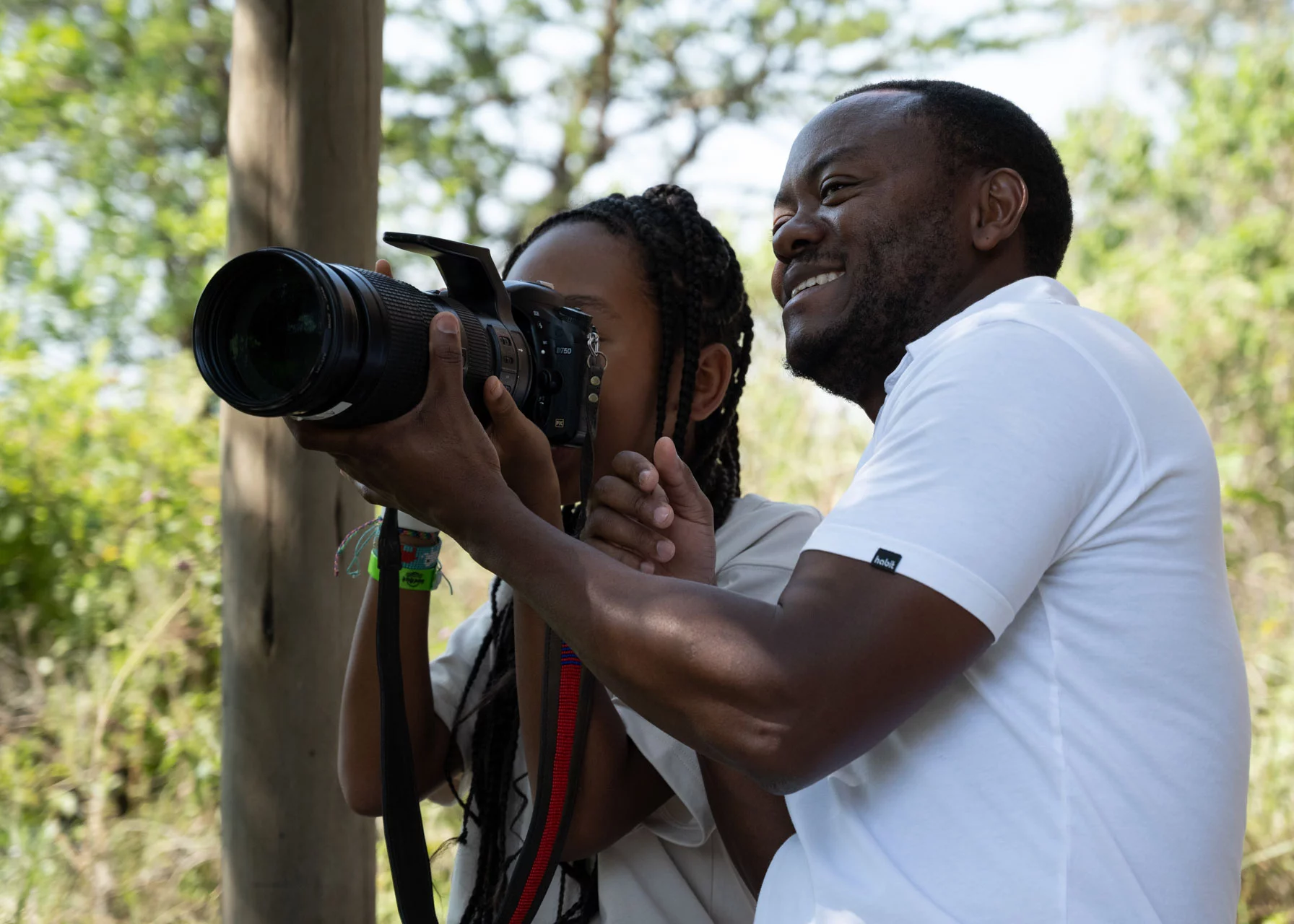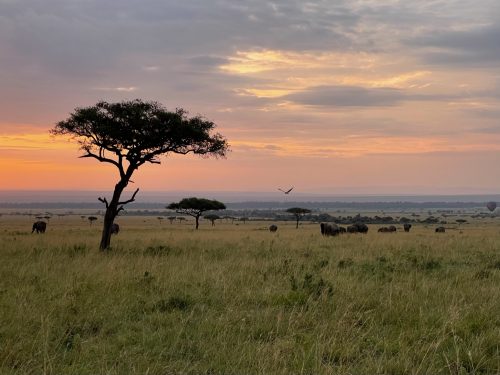Stay 4, Pay 3
Our Best Offer
Stay longer with us: book three nights and receive a fourth night free at Angama Mara anytime from January through June, or October to the Festive Season.
| Rates: | 2025 |
|---|---|
| Standard Season 5 Jan – 30 June 2025 |
USD $1,331 |
Scroll for more Rates are per guest sharing
Includes:
Accommodation at Angama Mara.
Excludes:
Maasai Mara Park Fees, Angama Foundation contribution, additional guest experiences, Safari Shop purchases, in-tent massages and gratuities.





